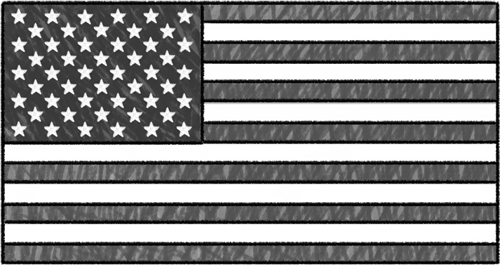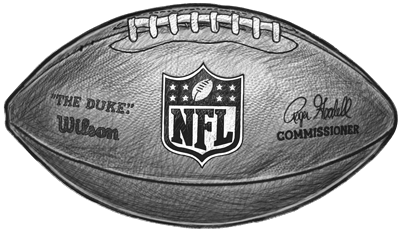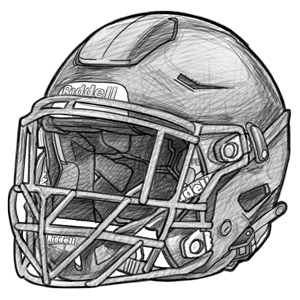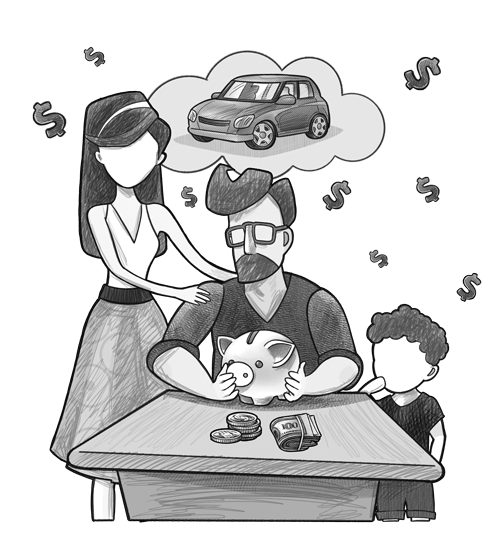The Future of America’s Game

Hi, The Investor’s Podcast Network Community!
🐰 Happy Easter to all those celebrating!
Cheers to egg hunts, chocolate bunnies, and hopefully beautiful Spring weather. Interestingly, Americans spend almost $2 billion on candy for Easter each year, with 70% of that going towards chocolates.
Did you know, though, that the idea behind the Easter bunny delivering candy and eggs dates back to the Middle Ages in Germany?
Holiday formalities aside: It’s been 56 days since the NFL season ended (yes, we’re counting), so let’s fill that void with a deep dive into the business behind football and the tech shaping its future 🏈
All this, and more, in just 4 minutes to read.
Get smarter about valuing businesses in just a few minutes each week.
Get the weekly email that makes understanding intrinsic value
easy and enjoyable, for free.
Simple setup for new Bitcoiners ✅
Advanced features for Bitcoin veterans ✅
The Bitcoin wallet for your every need ✅
Blockstream Jade is the only hardware wallet designed for your whole Bitcoin journey. Visit store.blockstream.com and use coupon code: ‘Fundamentals’ to get 10% off your Blockstream Jade.
America’s game
America, the land of apple pie and blue jeans, is also defined by its love for football, from peewee leagues through high school, college, and the NFL.
Football is a big business: According to a Fox Business report in 2020, the average NFL franchise has a valuation of $2.86 billion.
Combined, that makes the leagues’ 32 franchises worth more than $90 billion, while the NFL generated over $17 billion in 2021 and distributed around half of that back to teams.
That’s almost twice the revenue earned by Major League Baseball (MLB) and the National Basketball Association (NBA), and almost three times the English Premier League.
The league’s most valuable franchise is the Dallas Cowboy, boasting an estimated valuation of $5.5 billion with $950 million in annual revenue.
Injury concerns
It’s a dangerous sport, but thanks to technological improvements, football is safer than ever.
However, high-profile injuries were particularly problematic this past season: Concussions incurred by Miami Dolphins quarterback Tua Tagovailoa raised concerns once again over brain damage, and the almost-tragic story of Damar Hamlin, who suffered a cardiac arrest on field after making a tackle and was discharged from the hospital nine days later, gripped the country.
With fewer and fewer kids signing up to play youth tackle football, what does the sport’s future entail? Lots of technology.
A high-tech future
Audrey Wuertz, the athletic trainer for the Columbia High School Eagles in Columbia, Illinois, doesn’t just watch the game. In her pocket, she carries a small radio, just bulkier than a cell phone, which is connected to sensors in every one of her players’ helmets.
With this system, she tracks every hit. When a player takes a particularly large hit, she’s notified, enabling her to monitor those players further or pull them out to evaluate for a concussion.
She also suggests that she helps coaches, saying, “Hey, we need to keep an eye on this kid. He keeps getting hit in the front of the head. Maybe we need to talk about his tackling form.”
The tech was developed by a company called Simbex with funding from the National Institute of Health in the early 2000s, and it enables teams to better understand brain injuries.
Learning from the data
Now, researchers have rich data sets segregated by age group, skill level, demographic, and player position to study. In 2014, Simbex partnered with the sports equipment firm Riddell to release a more user-friendly version of its products for more teams to use. By 2022, there were about 60,000 helmets with impact censors, and around 90% were at the high school level.
The helmets look like any others, but if you cut them in half, you’d see a thin foil sheet covering the inside.
The microprocessor in the helmet takes information collected by the foil, timestamps the hit, determines the direction it came from, quantifies the intensity, and then transmits the information to the sidelines, where it gets uploaded into the cloud for deeper analytics.
Affordable solutions
These sensor-equipped helmets cost around $600 each, while the company offers to add sensors to older helmets for $100-150. Standard helmets without this tech go for $200-500.
There are other products out there, though, intended to make football safer. These range from mouth guard sensors used by the NFL to cheaper options, including small $50 rectangular gadgets stuck to the back of helmets.
These sensors cannot diagnose concussions, but Nyaz Didehbani, a co-director at the Neurorehabilitation Program at the Univesity of Texas Southwestern Medical Center, suggests that in the next five to ten years we’ll be able to look at biomarkers in blood and saliva to make diagnoses.
And the first patent for saliva-based concussion tests was awarded last year.
All of this tech raises affordability questions: Many youth sports have become more expensive, and parents’ budgets aren’t unlimited.
31% of public secondary schools in the U.S. don’t even have an athletic trainer, a problem particularly acute in rural areas.
Less contact early on
There are non-tech changes making the game safer, too. This includes limiting contact in practices, and banning notorious hitting drills like the Oklahoma Drill, which pits players across from each other one on one, mano a mano.
Dr. Christopher Nowinski, a neuroscientist and co-founder of the Concussion Legacy Foundation who also played football at Harvard, argues tech can only go so far. He recommends that no kids play tackle football before high school.
Instead, he believes kids can prepare themselves to play tackle football down the road by getting involved in sports with less contact at younger ages that’ll still make them better athletes but reduce the toll on their brains and bodies.
He asserts, “flag football is the future,” and he might be right.
There were seven million flag football players in the U.S. in 2021, and two million of those were between the ages of six and 12.
Final thoughts
And the NFL is even embracing this to an extent, showcasing its first flag football game at its 2023 All-Star game known as the Pro Bowl.
The number of participants in tackle football leagues in the U.S. has declined from 6.85 million in 2010 to 5.23 million in 2021, whereas flag football participation has risen 18.2% since 2015.
Football stares down a future increasingly defined by tech, while flag football surges in popularity, perhaps exposing more young athletes to the sport to ultimately participate in tackle football in high school.
America’s favorite sport, and the big business that goes alongside that, doesn’t seem to be going anywhere anytime soon, but it is changing.
Dive deeper
For more, listen to the WSJ’s Future of Everything podcast.
SEE YOU NEXT TIME!
That’s it for today on We Study Markets!
Enjoy reading this newsletter? Forward it to a friend.













